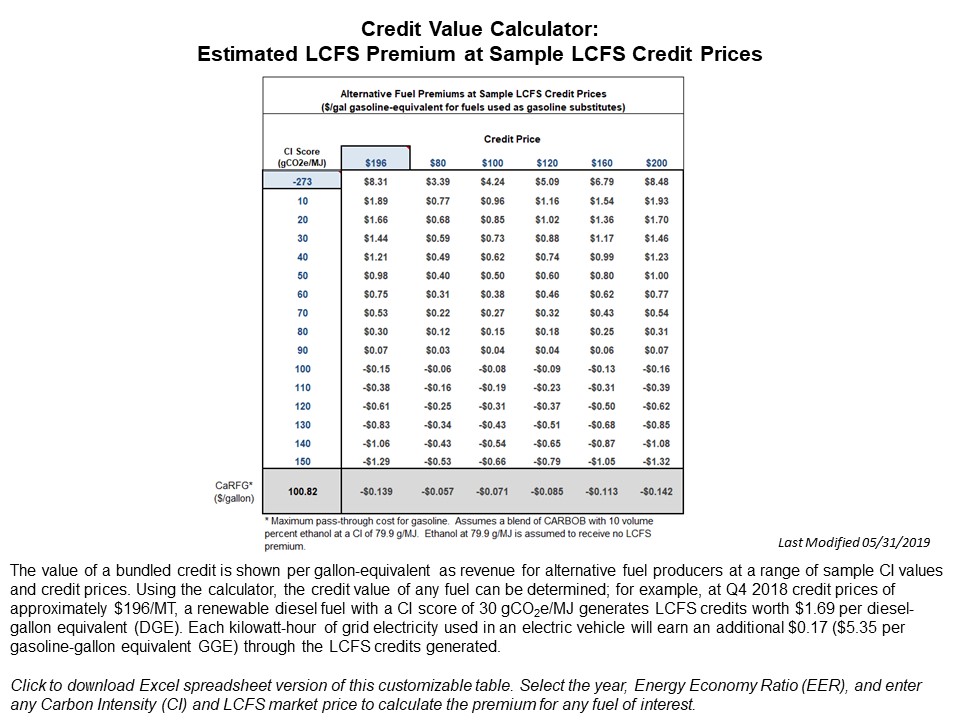LCFS Data Dashboard
Categories
Please note to download any underlying excel spreadsheets, right click on the hyperlinked "Figure #". For figures without a hyperlink, the underlying data is considered business confidential.

This chart shows the total deficits (in red) and credits (blue) generated during each quarter. The green line tracks the total number of banked credits.
Regulated entities have consistently over-complied with the standard, generating a bank of credits which can be sold or retired to meet compliance obligations at any time. At the end of Q2 2024, the bank stood at nearly 29.19 million credits. 2022 Low Complexity/Low Energy Use Refining credits have been included. As the standard becomes more stringent in order to reach the targeted reductions by 2030, regulated entities can rely on these banked credits to ease compliance.
![This chart tracks credit prices and transaction volumes over time. Monthly average credit prices reported by Argus Media and OPIS [used with permission] are shown along with CARB monthly average price.](http://ww2.arb.ca.gov/sites/default/files/inline-images/LCFS_Figure%2004_35.jpg)
Figure 5a
Each sphere represents a certified fuel pathway; the size of the sphere represents the reported volume of the fuel in 2024, while its position on the horizontal axis indicates the carbon intensity of that fuel.
The alternative fuel’s CI value is divided by its Energy Economy Ratio (EER) to obtain the EER-adjusted CI value, representing the emissions which occur from the alternative fuel per MJ of conventional fuel displaced.
Figure 5b
Each sphere represents a certified fuel pathway; the size of the sphere represents the reported volume of the fuel in 2024, while its position on the horizontal axis indicates the carbon intensity of that fuel.
The alternative fuel’s CI value is divided by its Energy Economy Ratio (EER) to obtain the EER-adjusted CI value, representing the emissions which occur from the alternative fuel per MJ of conventional fuel displaced.

Figure 9
*This represents the percent of the total available credits (that could be used in the future to demonstrate compliance) that is held by a regulated party. Each position is calculated by looking at the total number of credits currently banked across all parties and dividing each party’s current credit bank by the total credit bank.
